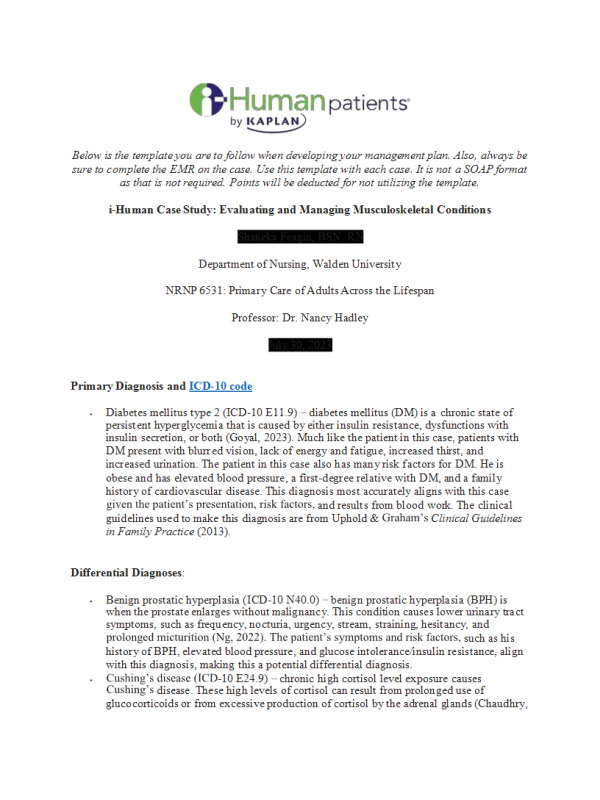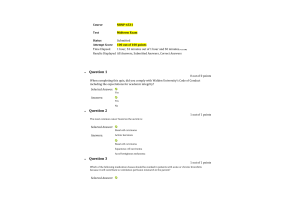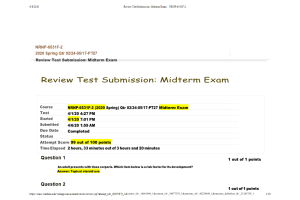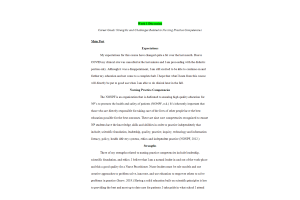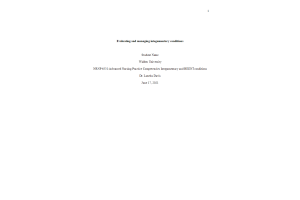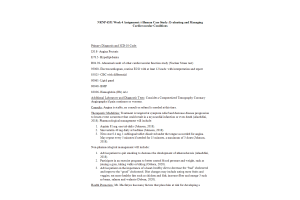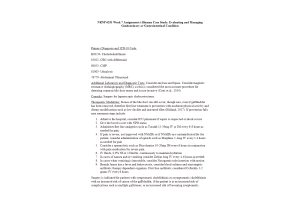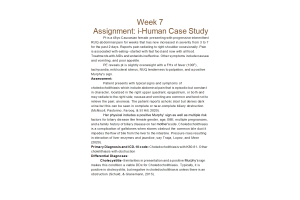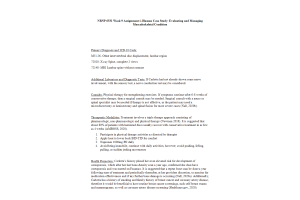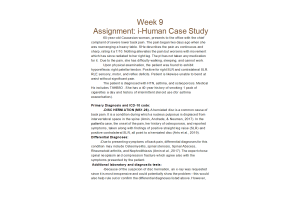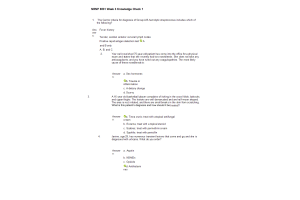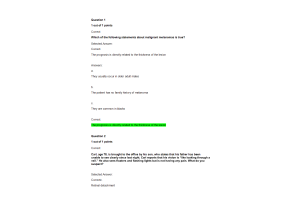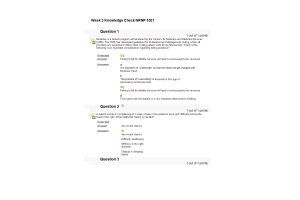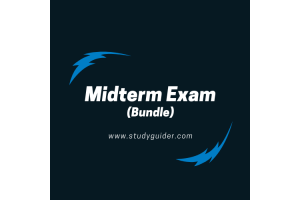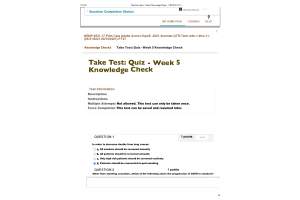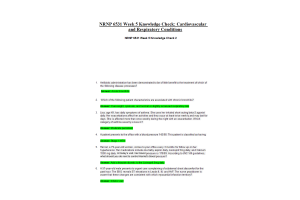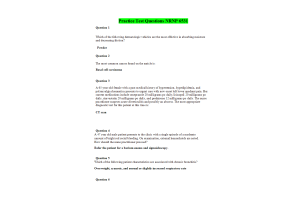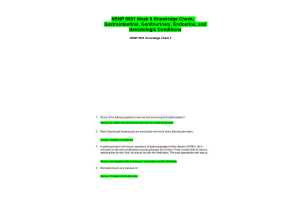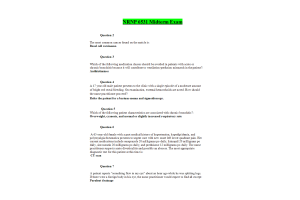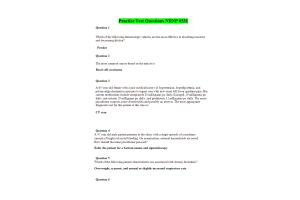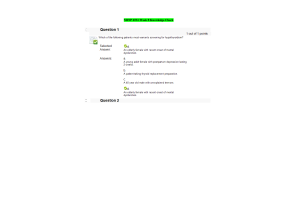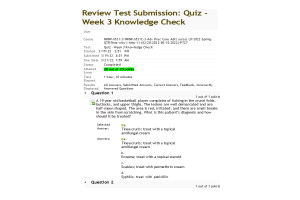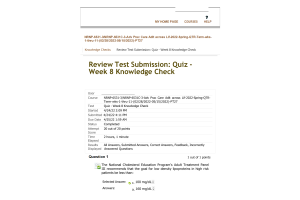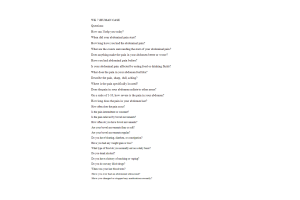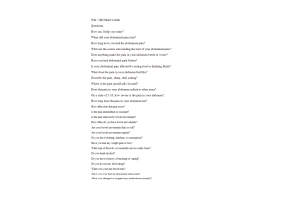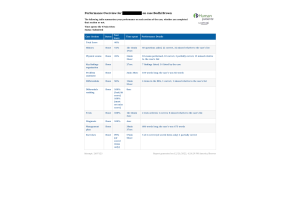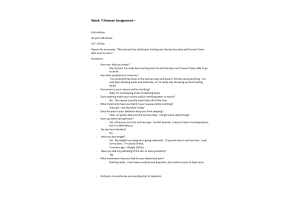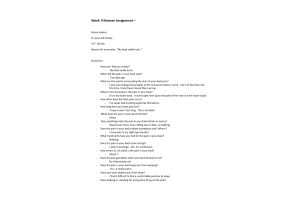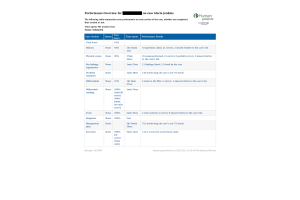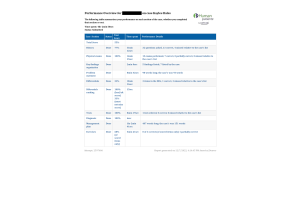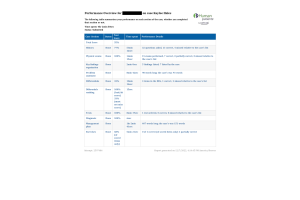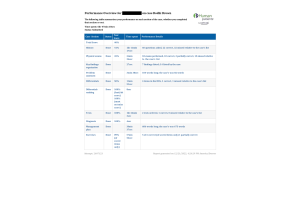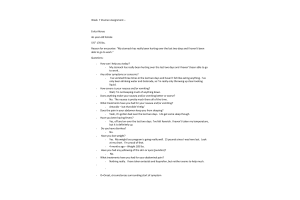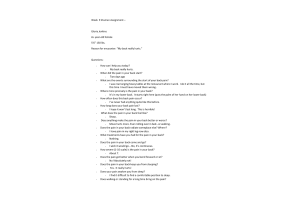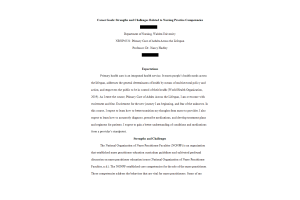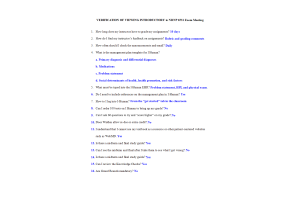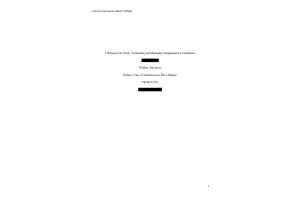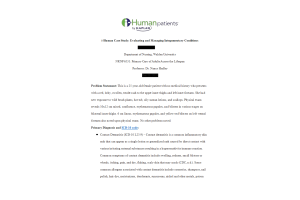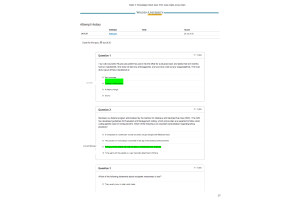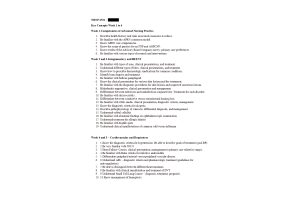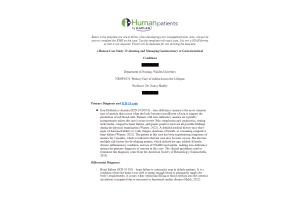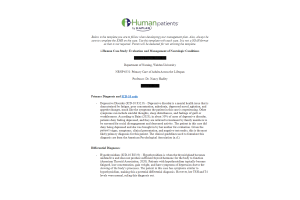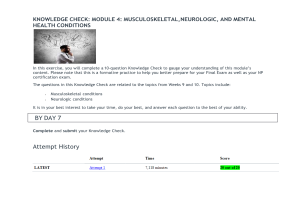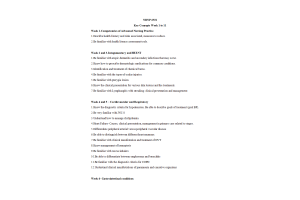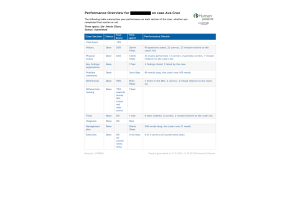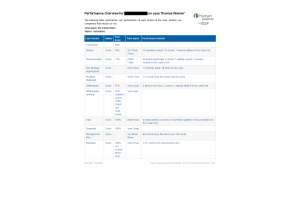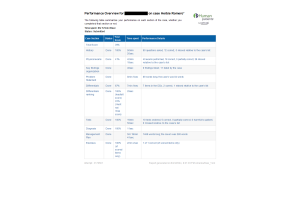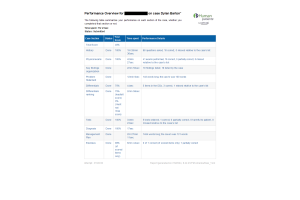NRNP 6531 Week 9 Assignment; i-Human Case Study Evaluating and Managing Musculoskeletal Conditions
- $25.00
Document Preview
Primary Diagnosis and ICD-10 code
- Diabetes mellitus type 2 (ICD-10 E11.9) – diabetes mellitus (DM) is a chronic state of persistent hyperglycemia that is caused by either insulin resistance, dysfunctions with insulin secretion, or both (Goyal, 2023). Much like the patient in this case, patients with DM present with blurred vision, lack of energy and fatigue, increased thirst, and increased urination. The patient in this case also has many risk factors for DM. He is obese and has elevated blood pressure, a first-degree relative with DM, and a family history of cardiovascular disease. This diagnosis most accurately aligns with this case given the patient’s presentation, risk factors, and results from blood work. The clinical guidelines used to make this diagnosis are from Uphold & Graham’s Clinical Guidelines in Family Practice (2013).
Differential Diagnoses:
- Benign prostatic hyperplasia (ICD-10 N40.0) – benign prostatic hyperplasia (BPH) is when the prostate enlarges without malignancy. This condition causes lower urinary tract symptoms, such as frequency, nocturia, urgency, stream, straining, hesitancy, and prolonged micturition (Ng, 2022). The patient’s symptoms and risk factors, such as his history of BPH, elevated blood pressure, and glucose intolerance/insulin resistance, align with this diagnosis, making this a potential differential diagnosis.
- Cushing’s disease (ICD-10 E24.9) – chronic high cortisol level exposure causes Cushing’s disease. These high levels of cortisol can result from prolonged use of glucocorticoids or from excessive production of cortisol by the adrenal glands (Chaudhry, 2023). The patient in this case presents with symptoms like the clinical manifestations of Cushing’s disease, such as weight gain and fatigue. He also has an elevated blood pressure, making this a possible differential diagnosis. However, he does not use glucocorticoids and he does not present with the physical characteristics (Buffalo torso and moon face) of a patient with Cushing’s.
- Obstructive sleep apnea (ICD-10 G47.33) – obstructive sleep apnea (OSA) is a sleep disturbance that is caused by a complete or partial collapse of the airway resulting in arousal from sleep or a decrease in oxygen saturation (Slowik, 2022). The patient’s abnormal central waist circumference and neck circumference, obesity, age, former alcohol consumption, and male gender put him at high risk for developing OSA. Patients with OSA, much like the patient in this case, are usually fatigued and have elevated blood pressure and nocturia. These factors make this a potential differential diagnosis……….. Continue
